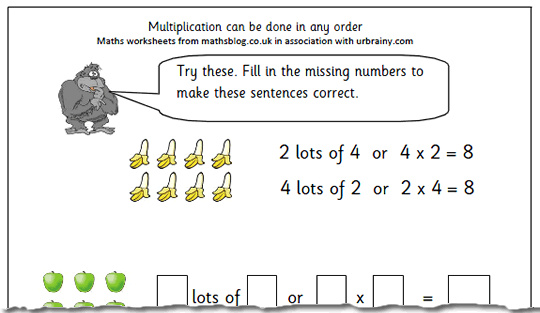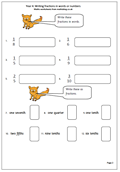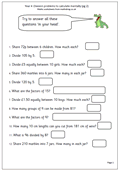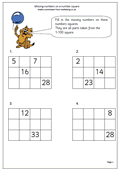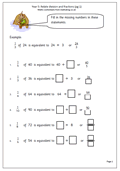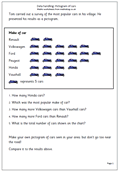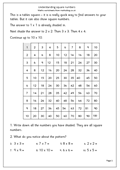Here we have a maths worksheet, one of a set from urbrainy.com, which looks at a vital part of understanding the process of multiplication: that it can be done in any order. This is also true of addition, but not of subtraction or division.
This page shows that ‘2 lots of 4’ is the same as ‘4 lots of 2’, therefore 4 x 2 is the same as 2 x 4. It does not matter which way the answer is worked out, it will be 8.
This little piece of knowledge helps children with mental arithmetic and with learning tables. Each table which is learnt gives further knowledge of other tables. Eg If you know 5 x 4 = 20 then you can quickly reverse the number sentence to 4 x 5 = 20.
The URBrainy site has a wealth of material for key Stage 1 and is well worth a visit, especially for teachers.
